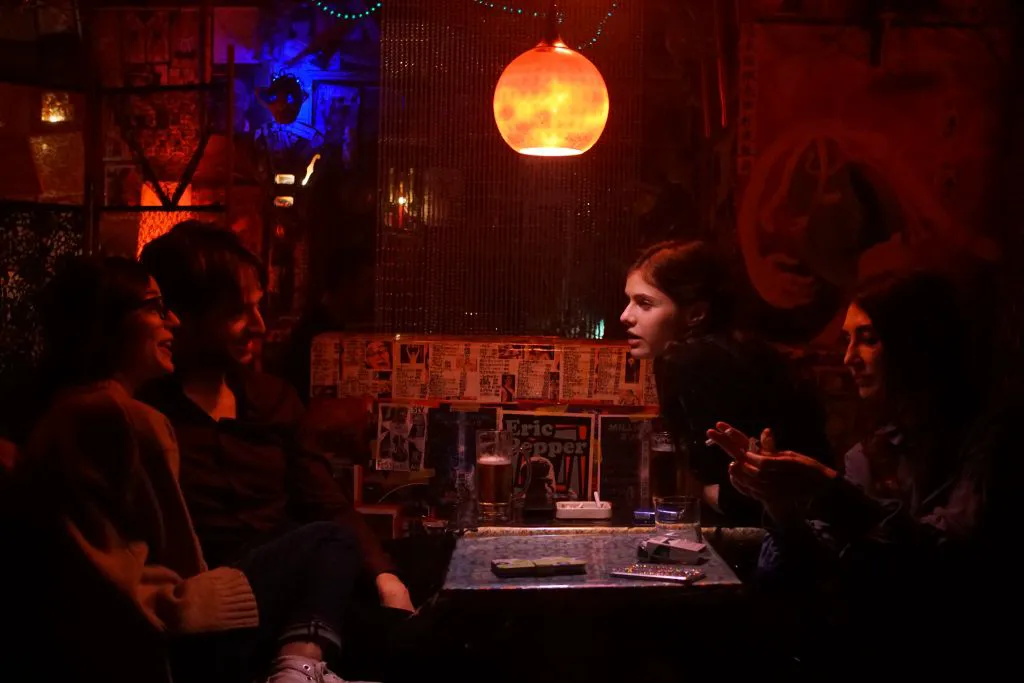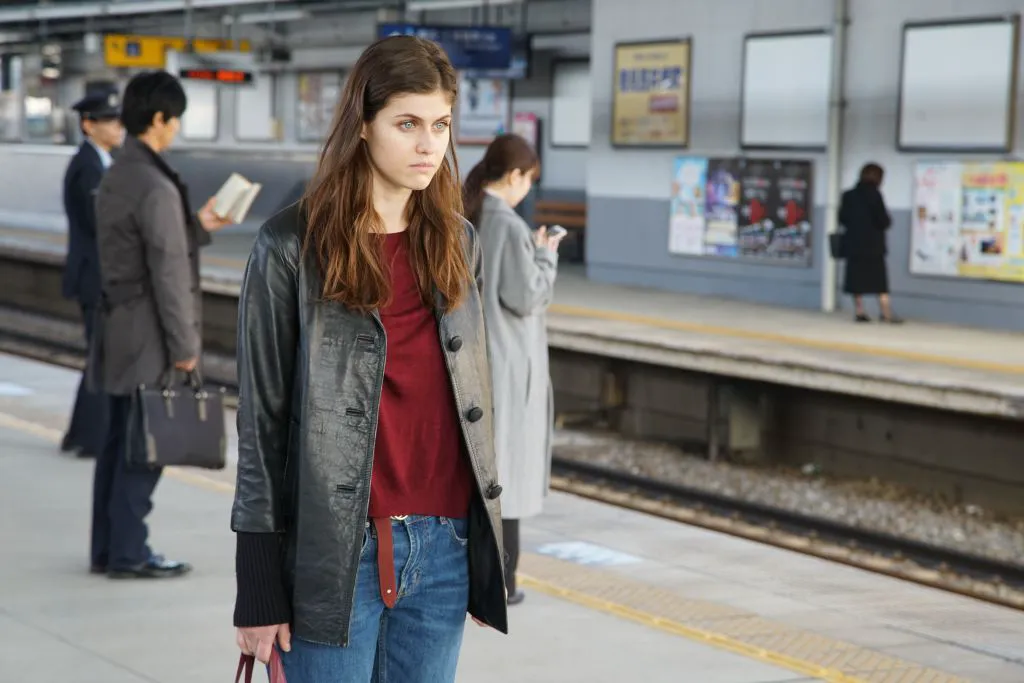Escaping the Past in Tokyo: A Review of “All Shades of Tokyo”
Margaret flees to Tokyo in an attempt to outrun her past. By day, she teaches English to aspiring flight attendants, and by night, she immerses herself in the city’s vibrant nightlife. Her world is upended when she crosses paths with a mysterious gangster.
Tokyo, a chaotic and sprawling metropolis, glitters with neon lights as Margaret, a girl with captivating eyes, tries to escape her inner demons. She spends her nights in bars with friends, drinking heavily, ending up in hotels with strangers, drinking again, seeking fleeting sexual encounters – a cycle that continues until she meets Kazu, a member of the Yakuza. She feels an inexplicable pull towards him. It seems that her path of self-destruction should end, but forbidden love brings the heroine more pain than her passion for BDSM. Although Kazu considers Margaret special, he is forced to plan a wedding with another woman.

The film’s original title, “Lost Girls and Love Hotels,” better captures the tone of the picture. Perhaps, in localizing the title, Russian distributors wanted to draw a parallel with the “50 Shades of Grey” franchise. In both cases, the abundance of intimate scenes serves more as filler for plot holes than as a tool for revealing the characters’ internal conflicts. In “All Shades of Tokyo,” the director explores the theme of loneliness in a big city without attempting to delve into Margaret’s soul. She remains a superficial voice of the film, devoid of any backstory. All we know about her are fragments of stories about a broken family and a painful desire to be as far away from home as possible. The so-called love hotels with an endless variety of rooms (you can even choose the lighting to your taste) represent the opposite of home comfort and stability.
A Mystery Unveiled?
If Margaret was intended to be an enigmatic figure, she comes across more as a party girl whose recklessness is meant to compensate for deep-seated pain. However, she doesn’t shy away from physical pain, constantly experimenting in sex. Apparently, this is the only way Margaret can feel alive and simply experience pleasure, but the director doesn’t delve into the sexuality of his character, leaving everything unsaid.

Casting and Location
Casting Alexandra Daddario in the lead role was a successful decision. Her expressive gaze, directed into nowhere, incredibly accurately reflects the inner state of the main character. Perhaps it is because of the actress’s charm that her disheveled appearance after a hangover doesn’t look so repulsive, and Margaret doesn’t irritate the viewer so much.
Another plus is the film’s location. If, for example, Paris has become the embodiment of another life for Americans, a place of rest and reboot, as it has been in many TV series and films, then it seems that Tokyo in cinema is a place where you can be alone with yourself. Remember “Lost in Translation” or Shoshanna from the TV series “Girls.” Tokyo is about escapism and alienation, about the fear of attachment and dissolving into the crowd. Perhaps the main plus of this dull picture is the city in which the events take place. Tokyo is able to slightly awaken the viewer who is bored during the viewing, but one city is not enough to save a pale plot.
Lost in Translation
However, the merits of the film end there. In an attempt to explore the depression and loss of a young girl, the director creates a chamber, but absolutely empty project. Inadvertently touching on different topics, the picture cannot take the right angle and become something whole. As a result, the director simply takes and says trite life-affirming phrases at the end of the film in the spirit of “events cause us pain, but life is still beautiful and wonderful.” Such words do not have a magical effect, and we do not get the necessary catharsis, and the heroine, although it seems that she has finally pulled herself together, was reborn and reconciled with unhappy love, still remains alien to the viewer.